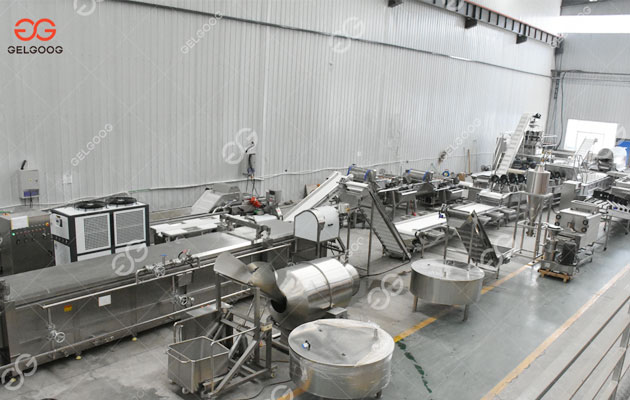Fruits and vegetables are a crucial part of a healthy diet, providing essential vitamins and minerals that our bodies need to function properly. However, many of us struggle to eat enough fruits and vegetables each day. One great way to increase our intake is by processing our fruits and vegetables to make them more appealing and convenient to eat. In this blog, we will explore some popular methods of processing fruits and vegetables and discuss their benefits.
- Freezing methods of processing fruits and vegetables
Freezing is a great way to preserve the nutritional value of fruits and vegetables while also making them more convenient to use. Freezing fruits and vegetables can prevent nutrient loss and help retain their flavor and texture. Plus, frozen fruits and vegetables are easy to store and can be used in a variety of ways, from adding them to smoothies and baked goods to cooking them in soups and stews.
- Canning methods of processing fruits and vegetables
Canning is another great way to preserve fruits and vegetables for longer periods of time. Canned fruits and vegetables are a great option for those who don’t have access to fresh produce year-round. Canned fruits and vegetables can also be a cost-effective option, especially when buying in bulk. However, it’s important to note that canned fruits and vegetables often have added salt and sugar, so it’s important to read labels carefully and choose varieties with no added ingredients.
- Drying methods of processing fruits and vegetables
Drying is a popular method of processing fruits and vegetables, dating back to ancient times. Dried fruits and vegetables are a great option for snacking or adding to trail mix. Drying preserves the nutritional value of fruits and vegetables while also concentrating their flavor. Plus, dried fruits and vegetables can be stored for much longer periods of time than fresh produce.
- Juicing methods of processing fruits and vegetables
Juicing has become a popular way to consume fruits and vegetables over the years. Juicing involves extracting the juice from fruits and vegetables, leaving behind the pulp and fiber. While juicing can be a convenient way to get more fruits and vegetables into your diet, it’s important to note that juicing removes much of the fiber from fruits and vegetables, which is an essential component of a healthy diet.
- Pickling methods of processing fruits and vegetables
Pickling is a method of processing fruits and vegetables that involves soaking them in a brine solution. Pickled fruits and vegetables are a great option for adding a burst of flavor to meals. Pickled vegetables can also be a great source of probiotics, which are essential for gut health.
In conclusion, there are many methods of processing fruits and vegetables that can help us increase our intake and improve our overall health. Freezing, canning, drying, juicing, and pickling are popular methods that each offer unique benefits. So next time you’re looking to add more fruits and vegetables to your diet, consider one of these methods of processing fruits and vegetables for a delicious and convenient option.
There are many ways to process fruits and vegetables. If you want to start a related business, we can provide a complete fruit and vegetable processing line. If you want to start a related business, you can contact us at any time. Our equipment has been exported to more than 180 countries in the world, and we have a professional installation and after-sales team.

